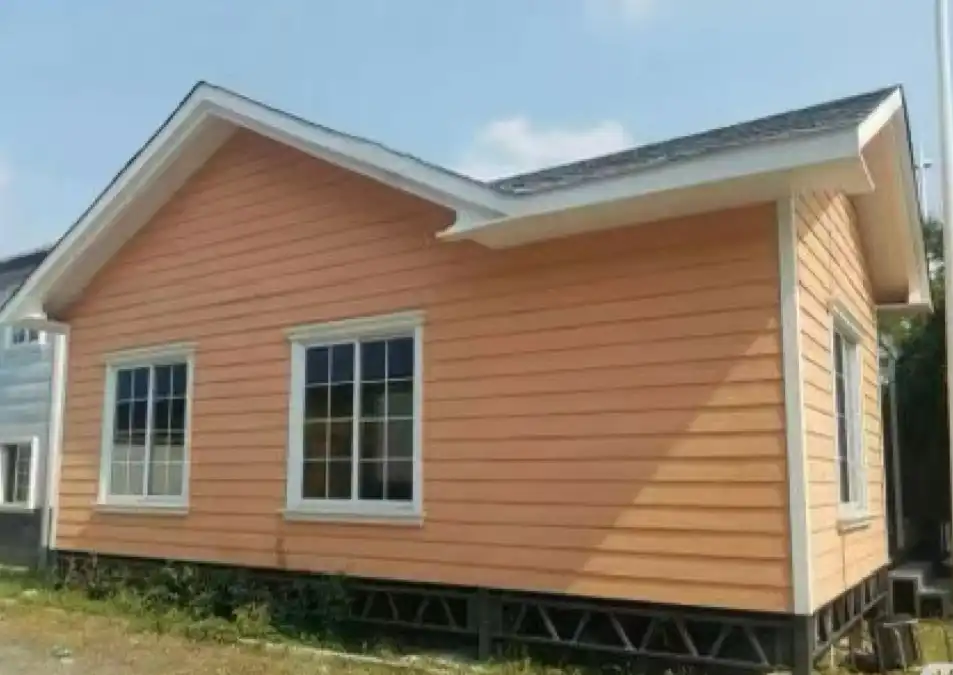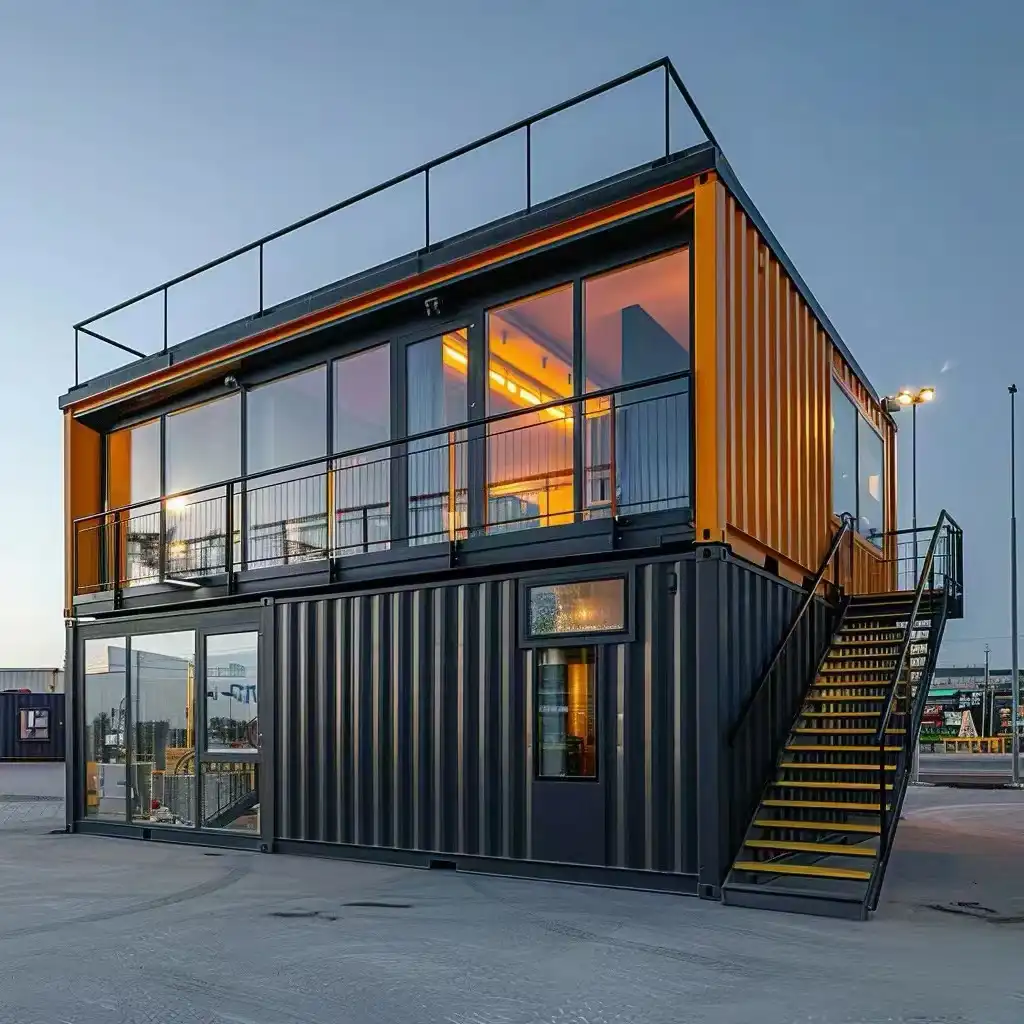As we approach 2025, the world of interior design is witnessing a revolutionary shift in decorative internal wall panels. The upcoming trends showcase a perfect blend of aesthetics and functionality, with a focus on sustainability, technology integration, and personalization. Expect to see eco-friendly materials, smart panels with built-in lighting and climate control, and customizable designs that reflect individual personalities. Textures are becoming bolder, with 3D panels and mixed material compositions gaining popularity. Moreover, biophilic designs incorporating natural elements are set to dominate, creating serene and health-promoting indoor environments. These innovative trends are not just about visual appeal; they're redefining the very essence of interior spaces.
The Evolution of Decorative Internal Wall Panels: From Aesthetics to Smart Functionality
Decorative internal wall panels have come a long way from being mere aesthetic additions to becoming integral components of modern interior design. The evolution of these panels reflects a growing demand for spaces that are not only visually appealing but also highly functional and efficient.
Merging Beauty with Practicality
Today's decorative internal wall panels are a testament to the successful fusion of form and function. Manufacturers like Weifang Sandong Building Materials Co., Ltd. are at the forefront of this revolution, offering panels that go beyond surface-level beauty. These panels are designed to address multiple needs simultaneously, including energy efficiency, fire safety, and durability.
One of the most significant advancements is the development of panels with superior insulating properties. With a thermal conductivity of 0.018W/m.k and a thermal resistance of 2.09m2k/w, these panels contribute significantly to energy savings and indoor comfort. This insulation capability is particularly crucial in an era where energy efficiency is not just a preference but a necessity.
Customization: The New Standard
The trend of personalization has permeated the world of decorative internal wall panels. Consumers now have the power to create unique interior spaces that reflect their individual style and needs. This customization extends to colors, patterns, and even textures, allowing for unprecedented design flexibility.
Weifang Sandong Building Materials Co., Ltd. has embraced this trend by offering panels in customizable lengths and widths. For interior applications, panels are available in 450mm width and 10mm thickness, providing ample coverage while maintaining a sleek profile. This flexibility in dimensions ensures that the panels can adapt to various room sizes and layouts, making them suitable for a wide range of interior design projects.
Durability: Built to Last
The durability of decorative internal wall panels has seen significant improvements. Modern panels are designed for heavy-duty interior use, capable of withstanding the test of time and daily wear and tear. With a compressive strength of 52.7kpa, these panels can maintain their integrity even under substantial pressure.
Furthermore, advancements in material science have led to the development of corrosion-free panels. This feature ensures that the panels retain their beauty for years, resisting deterioration that can be caused by humidity, temperature fluctuations, and other environmental factors. The result is a long-lasting interior solution that maintains its aesthetic appeal without compromising on functionality.
Innovative Materials and Designs Shaping the Future of Interior Walls
The realm of decorative internal wall panels is experiencing a renaissance, driven by innovative materials and cutting-edge designs. These advancements are not just enhancing the visual appeal of interiors but are also introducing new functionalities that were previously unimaginable.
Eco-Friendly and Sustainable Options
As environmental consciousness continues to grow, the demand for sustainable decorative internal wall panels is skyrocketing. Manufacturers are responding by developing panels made from recycled materials, renewable resources, and even biodegradable components. These eco-friendly options not only reduce the carbon footprint of buildings but also contribute to healthier indoor environments.
Weifang Sandong Building Materials Co., Ltd. is at the vanguard of this green revolution, offering panels that meet stringent environmental standards without compromising on quality or aesthetics. The company's commitment to sustainability extends to their production processes, ensuring that every step, from raw material sourcing to manufacturing, adheres to eco-friendly practices.
Smart Panels: The Integration of Technology
The integration of technology into decorative internal wall panels is perhaps one of the most exciting trends to watch. Smart panels are emerging as a game-changer in interior design, offering features like built-in lighting, climate control, and even sound absorption. These technologically advanced panels are transforming walls from passive surfaces into interactive elements of the living space.
Imagine walls that can change color with a smartphone app, adjust room temperature automatically, or even display digital art. While these might sound like futuristic concepts, they are rapidly becoming reality. The potential for these smart panels to revolutionize how we interact with our living and working spaces is immense.
Texture and Dimension: Beyond Flat Surfaces
The days of plain, flat wall surfaces are fading into the past. Modern decorative internal wall panels are embracing texture and dimension like never before. Three-dimensional panels, embossed designs, and mixed material compositions are gaining popularity, adding depth and visual interest to interiors.
These textured panels not only enhance the aesthetic appeal of a space but can also serve practical purposes. For instance, certain textured designs can improve acoustics by diffusing sound waves, making them ideal for spaces where sound management is crucial, such as home theaters or office meeting rooms.
Weifang Sandong Building Materials Co., Ltd. offers a range of textured options in their decorative internal wall panels. With surface material thicknesses ranging from 0.23mm to 0.27mm, these panels provide subtle yet impactful textural variations that can dramatically transform the look and feel of a room.
Safety and Performance: The Unsung Heroes of Modern Wall Panels
While the aesthetic aspects of decorative internal wall panels often take center stage, it's the safety features and performance capabilities that truly set modern panels apart. These unsung heroes of interior design play a crucial role in creating spaces that are not just beautiful, but also safe, comfortable, and efficient.
Fire Safety: A Non-Negotiable Feature
In the realm of interior design, fire safety is paramount. Modern decorative internal wall panels are engineered with fire-resistant properties, providing an additional layer of security to buildings. Weifang Sandong Building Materials Co., Ltd. offers panels with fire-protection ratings of B1/B2, ensuring compliance with stringent safety standards.
These non-combustible materials significantly reduce the risk of fire spread, potentially saving lives and property. The importance of this feature cannot be overstated, especially in high-rise buildings, public spaces, and commercial establishments where fire safety is a critical concern.
Moisture Resistance and Durability
Another key performance aspect of modern decorative internal wall panels is their resistance to moisture. With a waterproof rate of 0.0008, the panels offered by Weifang Sandong Building Materials Co., Ltd. provide excellent protection against water damage. This feature is particularly valuable in areas prone to high humidity or water exposure, such as bathrooms, kitchens, and basements.
The moisture resistance not only protects the panels themselves but also prevents the growth of mold and mildew, contributing to a healthier indoor environment. Moreover, this durability ensures that the panels maintain their appearance and structural integrity over time, even in challenging conditions.
Structural Integrity and Load-Bearing Capacity
While often overlooked, the structural performance of decorative internal wall panels is crucial, especially in commercial and high-traffic areas. Modern panels are designed to withstand significant pressure and resist deformation. The panels from Weifang Sandong Building Materials Co., Ltd., with a wind resistance of 8.0 Kpa, demonstrate the ability to maintain their integrity even under substantial stress.
This structural strength allows for greater design flexibility. For instance, these panels can support the mounting of heavy objects like televisions or artwork without the need for additional reinforcement. This capability opens up new possibilities in interior design, allowing for more creative and functional use of wall spaces.
Acoustic Performance: The Silent Comfort
In our increasingly noisy world, the acoustic properties of internal wall panels have gained significant importance. Modern decorative panels are designed to absorb and diffuse sound, contributing to better acoustic environments in both residential and commercial spaces.
The acoustic performance of these panels can dramatically improve the quality of life in multi-unit dwellings, enhance privacy in office spaces, and create more enjoyable environments in entertainment venues. By reducing echo and controlling sound transmission, these panels play a crucial role in creating comfortable and functional interiors.
Conclusion
As we look towards 2025 and beyond, it's clear that decorative internal wall panels will continue to evolve, offering even more advanced features and capabilities. The focus on merging aesthetics with functionality, sustainability, and safety is set to redefine interior spaces, creating environments that are not just visually stunning but also smart, safe, and efficient.
For those interested in exploring cutting-edge decorative internal wall panel solutions, Weifang Sandong Building Materials Co., Ltd. stands ready to provide expert guidance and innovative products. To learn more about their offerings and how they can transform your interior spaces, don't hesitate to reach out at info@sdqsc.com.
References
1. Weifang Sandong Building Materials Co., Ltd. Official Website
2. International Building Code (IBC) - Fire Safety Standards
3. U.S. Department of Energy - Energy Efficiency in Buildings
4. World Green Building Council - Sustainable Materials in Construction

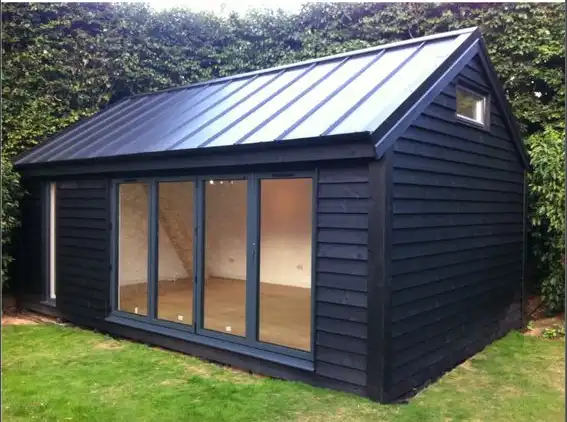
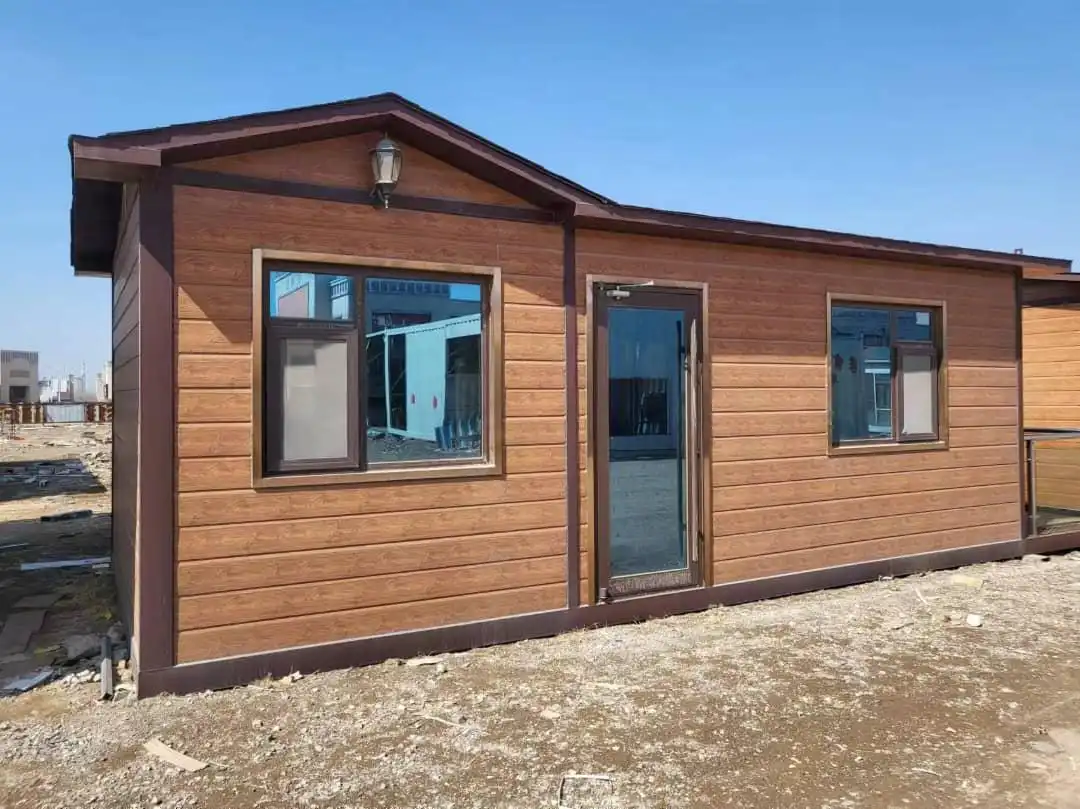

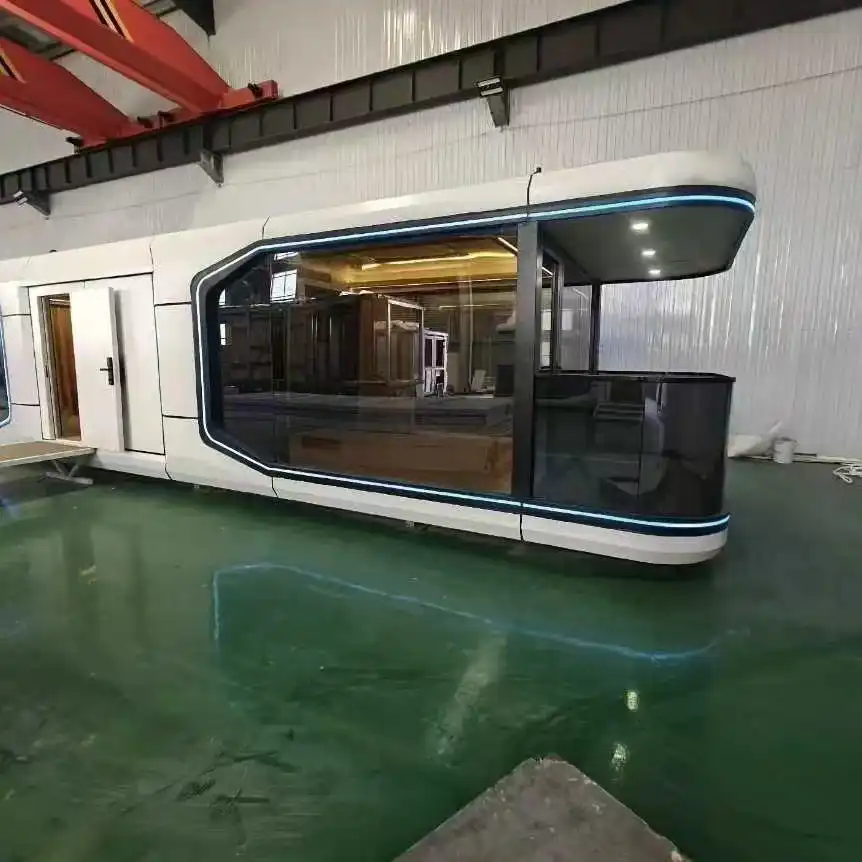

.jpg改.webp)

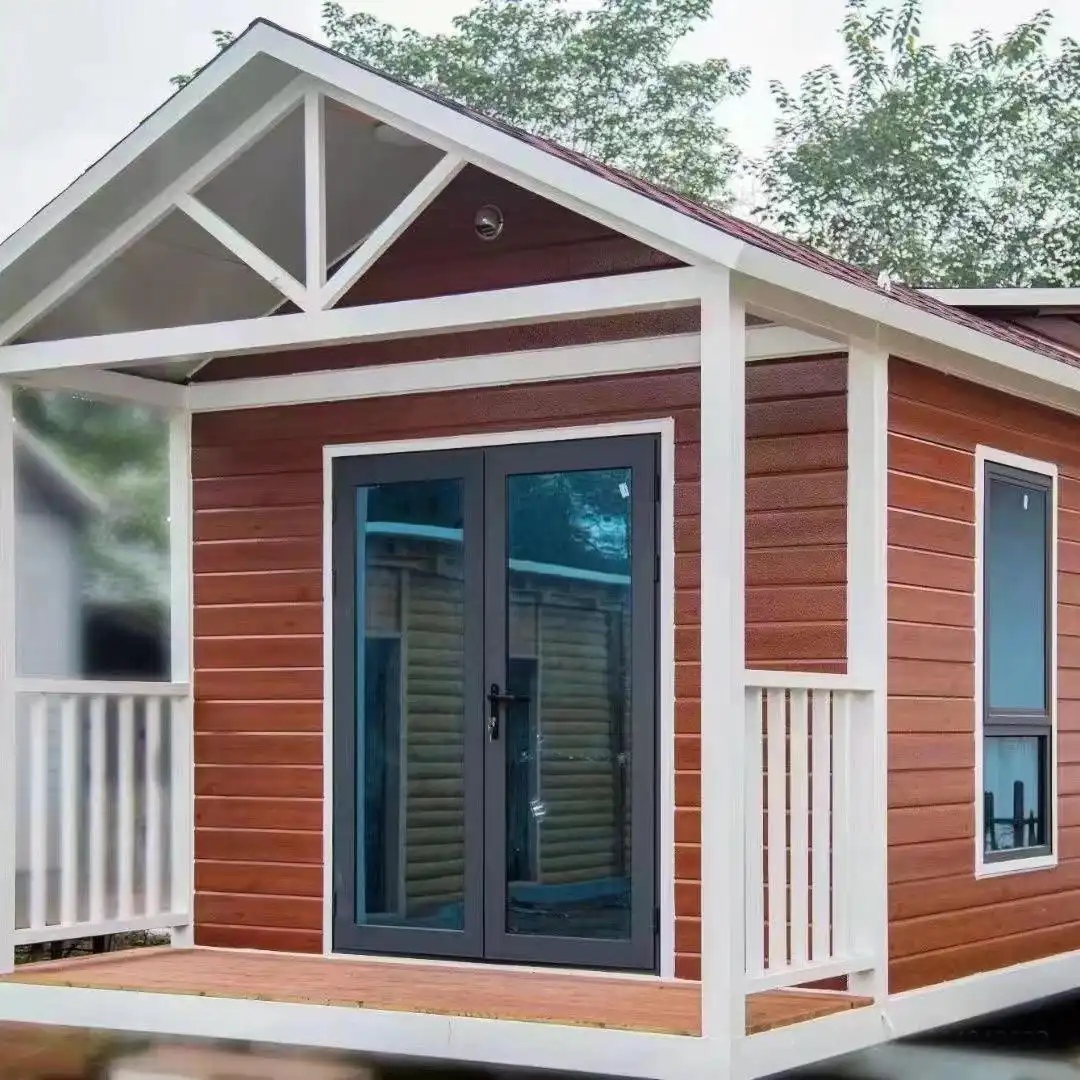

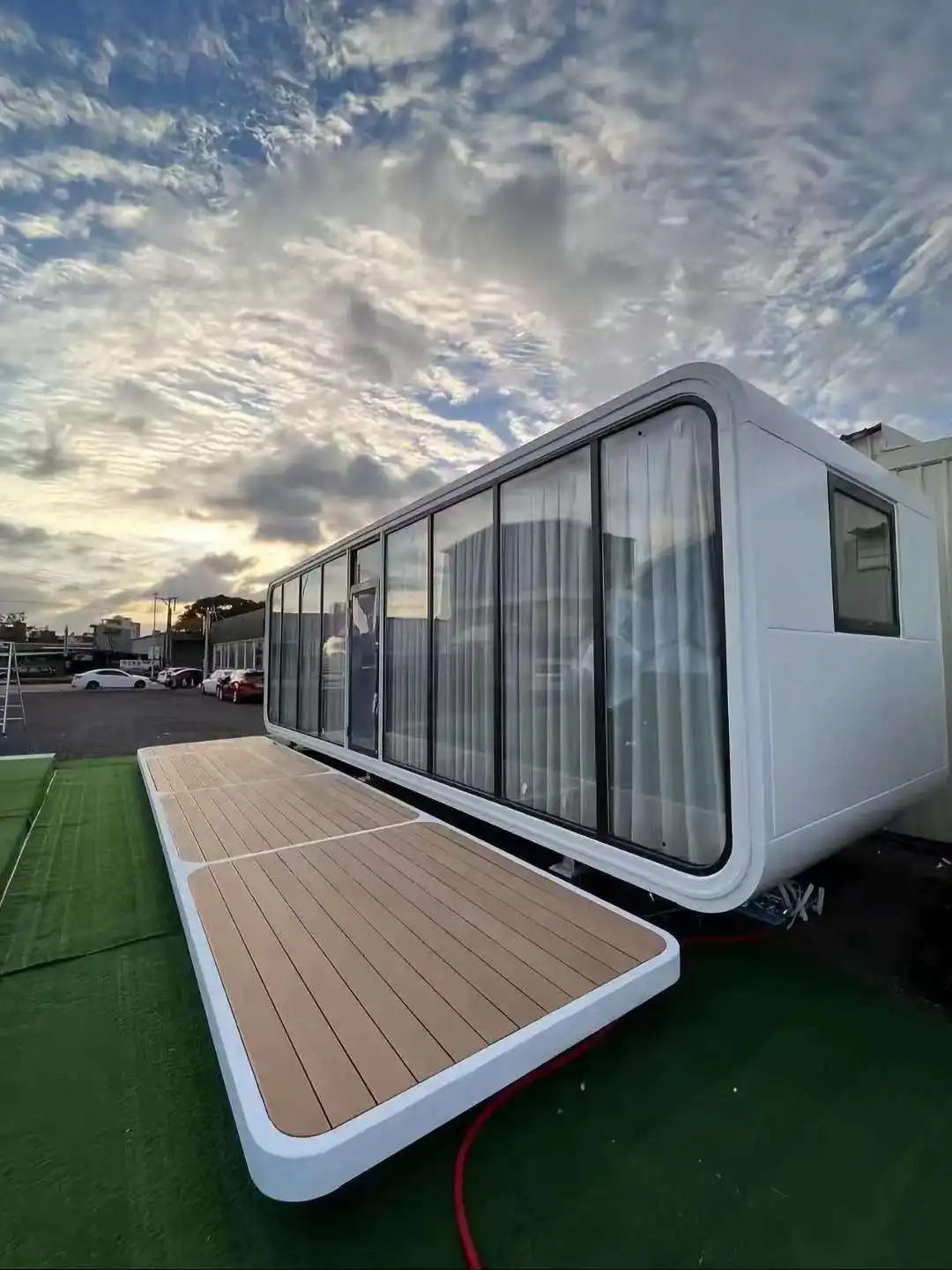
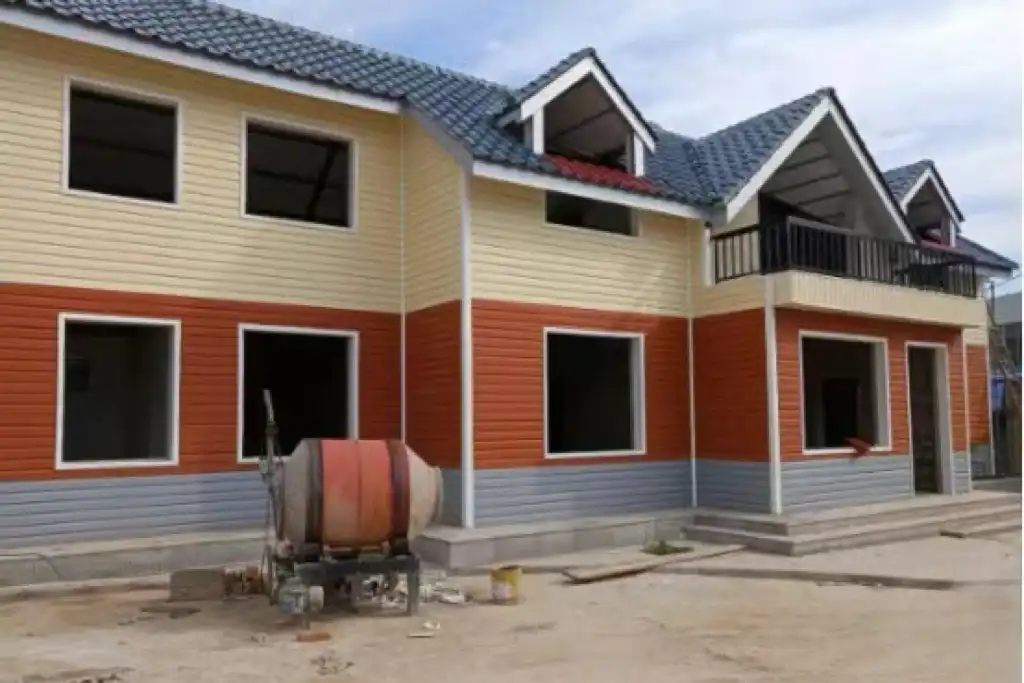
.jpg改.webp)

.jpg改.webp)

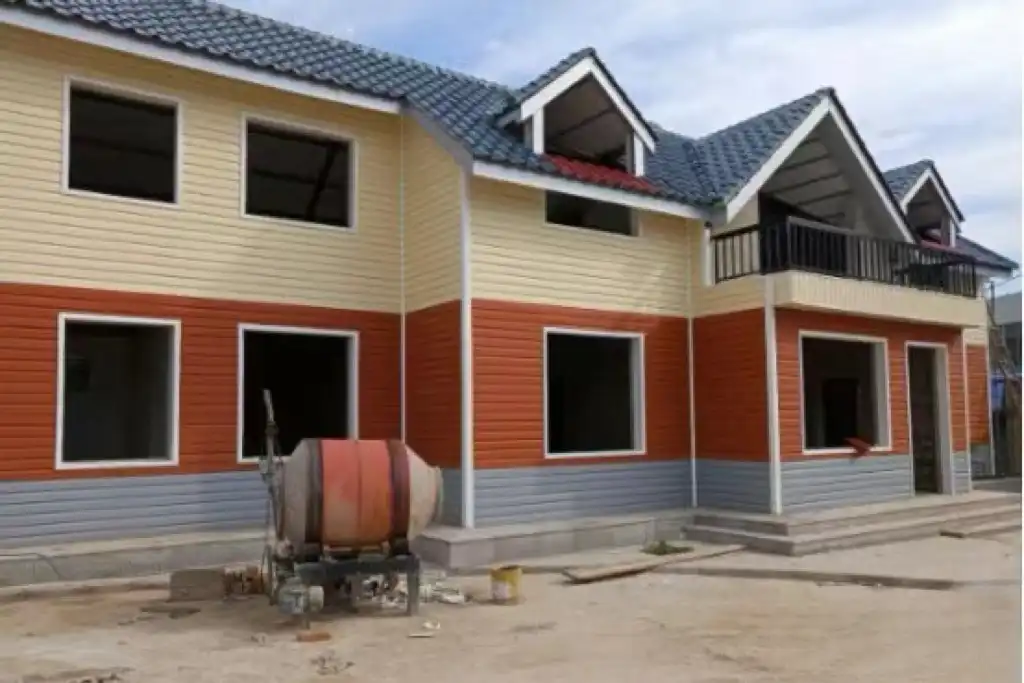
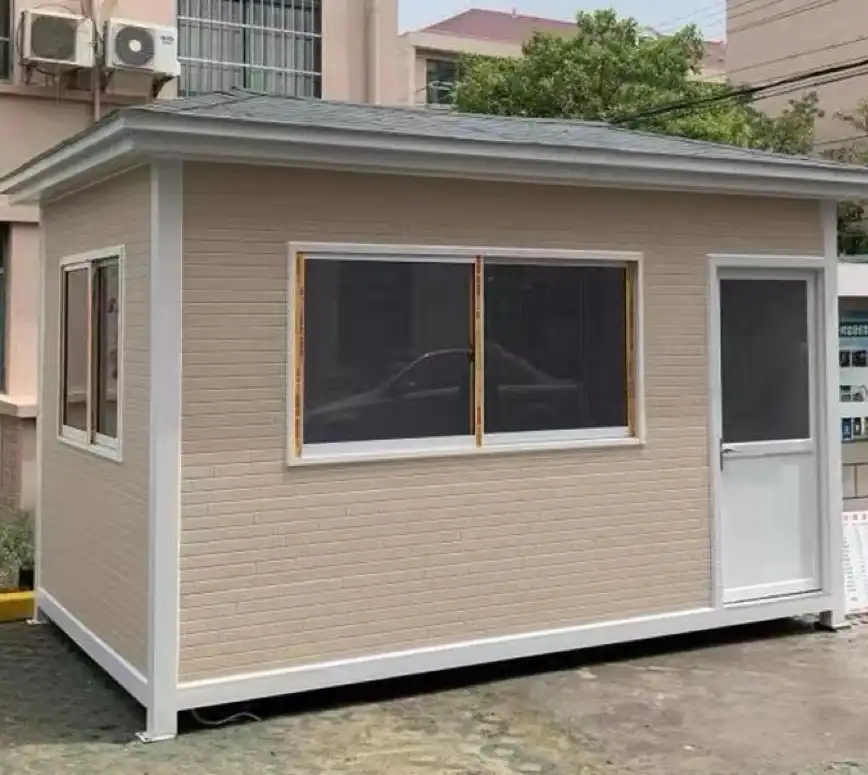
(1).jpg改.webp)


